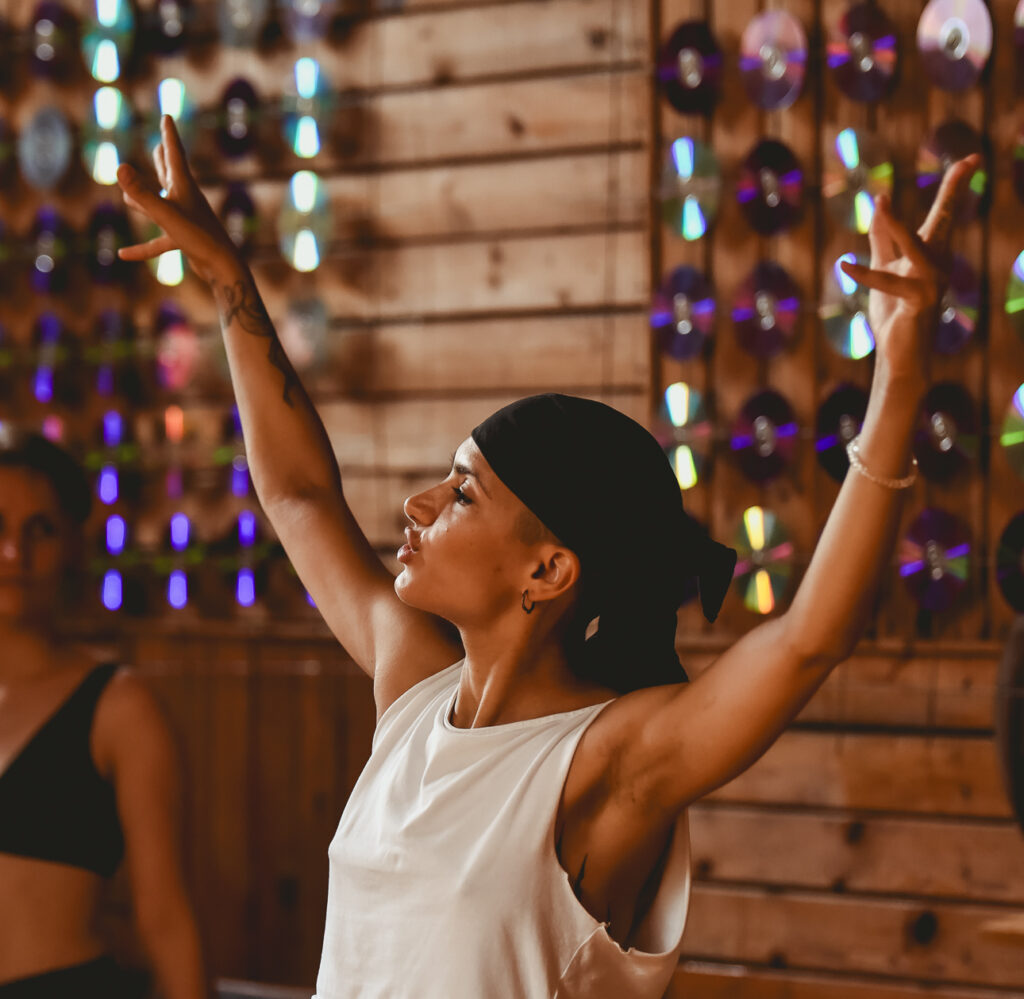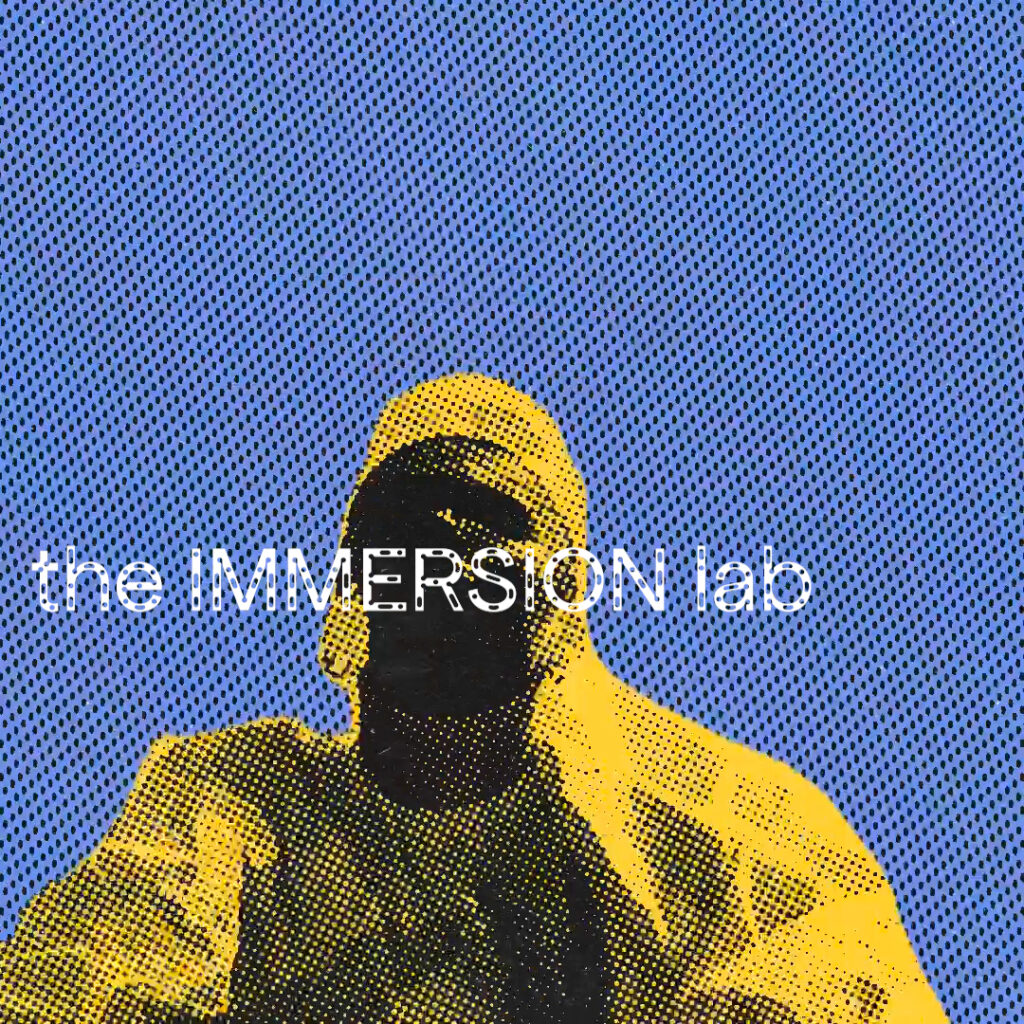INTERNATIONAL INSTRUCTION
since 2011, alina has been teaching internationally, offering her vision on social jazz dances, as well as sharing her teaching method and artistic language that she developed on the intersection of jazz and contemporary dance. helping her students throughout the world to work on their dance expression as well as finding their individual voice within the collective space of dance, alina’s main pedagogical topics are: improving movement technique, developing rhythm and musicality, working improvisation and spontaneous composition strategies, refining communication and listening skills within group and partner dancing, activating imagination, developing unique dance vocabulary, understanding body as a political moving entity that defines time, space and movement.
book for your festival:
LECTURES ON DANCE & PERFORMANCE HISTORY & THEORY

We all know how important is knowing what you dancing, where it comes from, or which culture you enter a dialogue with and in which way. Conferences, seminars, lectures and talks about dance history in general, and the history of the dances of non-eurocentric perspective, is the object of Alina’s research. Currently finishing her PhD in Comparative Literature and Performance Studies at the University of Barcelona, researching about colonialism & contemporary choreography. Alina is sharing the fruit of her research on the SOUND from the Cat’s Corner lectures, adapted for the events of social dance as well as for the professional academic environment. In her lectures Alina addresses such issues as corporeality & colonialism, body representation & power relations in professional and social dance practices.
Level: open, professional & social dancers.
Duration: minimum 1,5 hours
THE POLITICAL BODY: individual and collective spontaneous composition and improvisation

THE IMMERSION LAB

The lessons consist of experimental-based movement research practice sessions framed by the 4 elements of nature. On these sessions you are guided to go deep inside yourself, listen to your body and finding your own ways of moving and being creative within the familiar languages of dance. The activities encompass an intense dance improvisation practice involving various approaches like imagination, somatic and anatomic, also with extra-dance activities like text, image, video, meditation.
Level: open with previous dance experience, professional & social dancers.
Duration: minimum 2 hours.
the polyrhythmic body

A dance workshop that places rhythm and musicality as a central topic of the movement research and construction of the improvisation flow. With 14 years of experience of collaborating with live jazz music, Alina has developed her method to approach the rhythm through choreographic decisions of spontaneous composition. Alina is going to introduce her approach to train rhythms and develop polyrhythmic relations through the individual body movement as well as group dance expression.
Level: everybody, open with dance experience, teachers of social dance, amateur social dancers, beginners and advanced.
Duration: minimum 3 hours
jazz techniques

here we learn how to develop your dance expression through a hybrid style of jazz dances and contemporary dance approaches to movement. here we will be learning a certain technical aspect of movement (jazz vocabulary, footwork, coordination, body isolations, musicality, rhythm, etc.), and then apply it to an improvisation strategy that Alina will be proposing to you. the peculiarity of this course is that you can discover the freedom of your movement, organizing it in space and time, based on the improvisation principle of jazz, and the movement technique which is a hybrid between social jazz dances and contemporary dance, Alina’s unique research in both social and contemporary dances.
body movement & blues

one of our student’s most popular and favourite workshops: where we go back to the very root of the movement and practice the development of its smallest quants. body isolations technique that go together with rhythm and musicality, go together with somatic practices that take human anatomy as the principle source of the movement mechanics. these practices serve as a departing point for the blues dance exploration and approach to its unique vocabulary and body movement.
